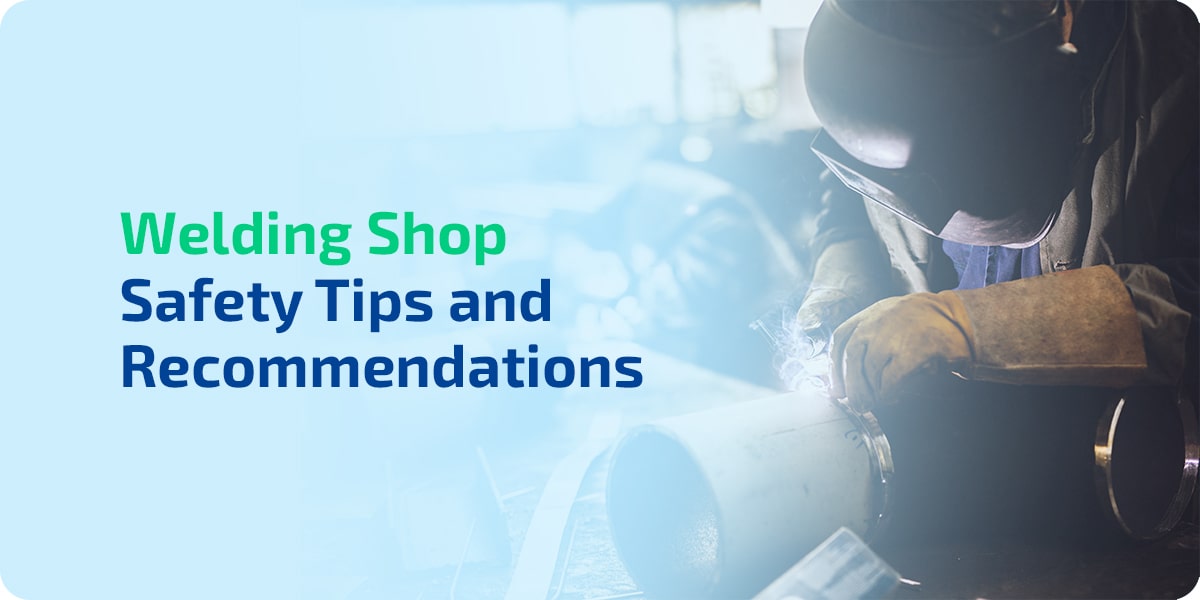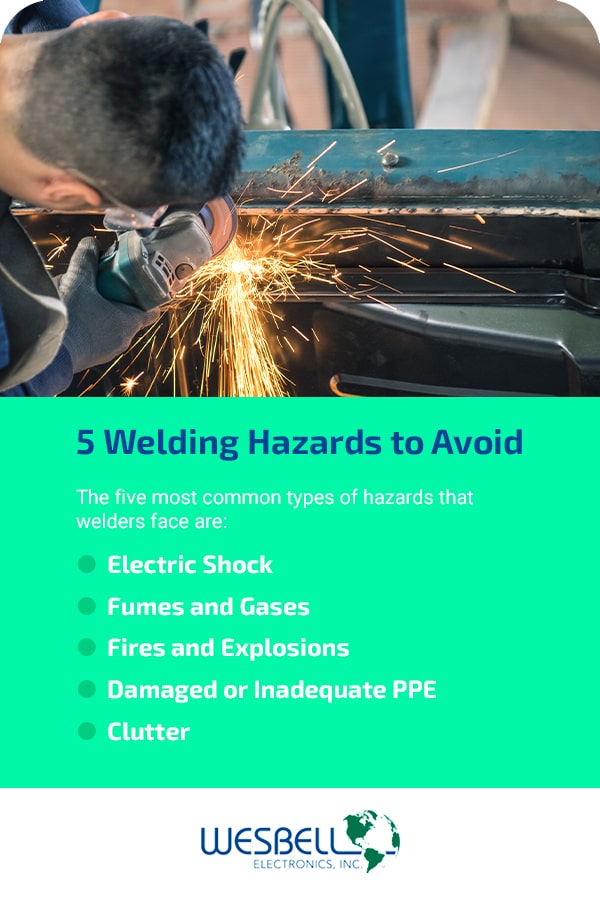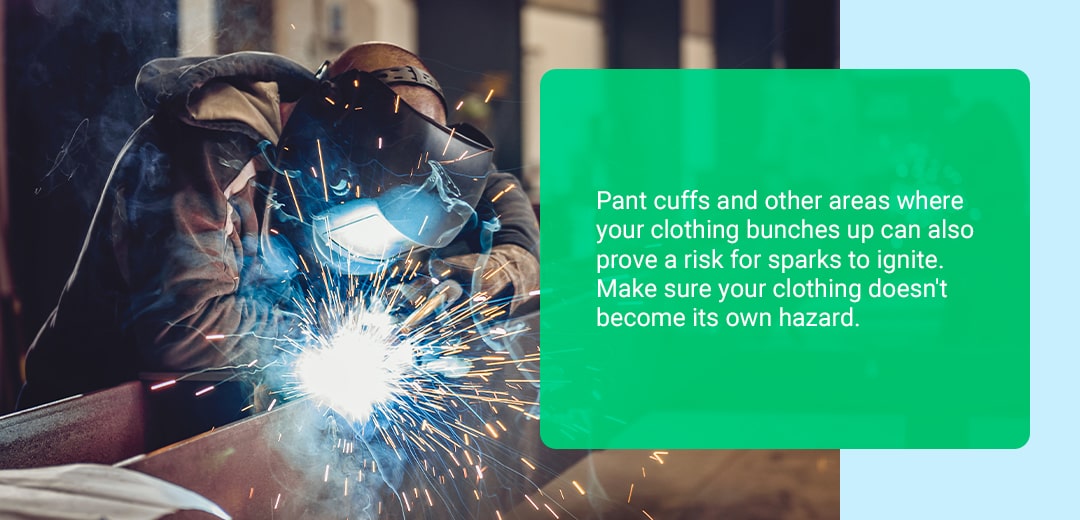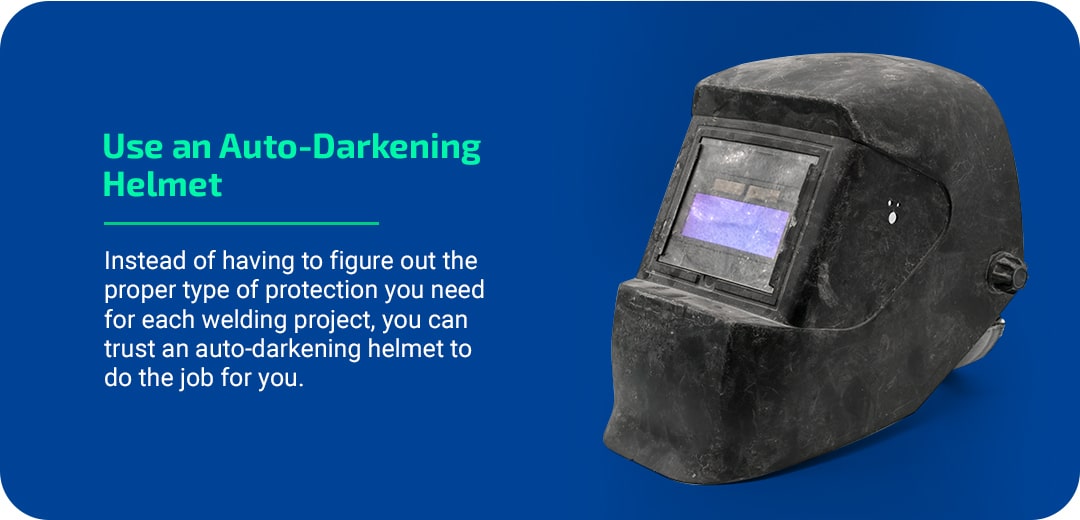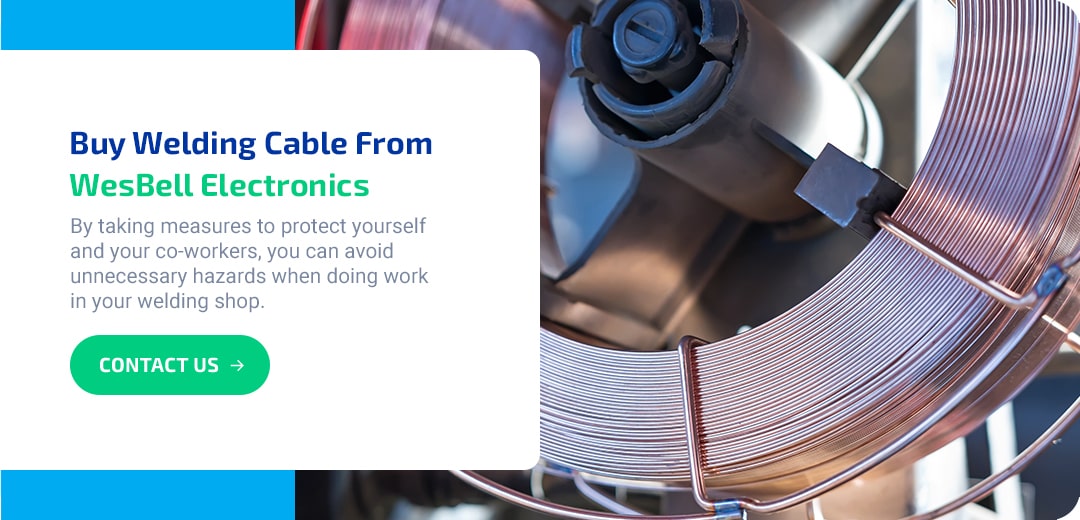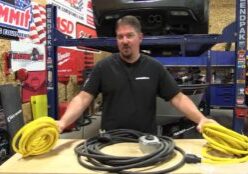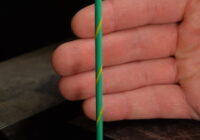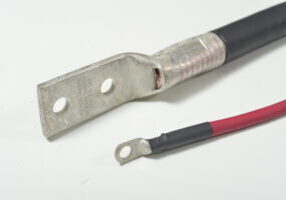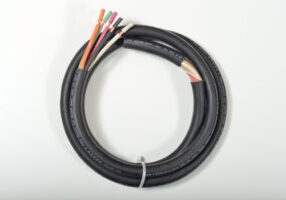
Jan 17, 2022
Welding Shop Safety Tips and Recommendations
Maintaining workplace safety should be a top concern for all employers, and welding is no exception. In fact, welding is a profession where following safety protocols is of the utmost importance. Because accidents can happen when we least expect them, it’s crucial to be always prepared for incidents.
No matter your role, welding safety affects every business that uses it, from a small independent company to a billion-dollar construction firm. To help minimize safety risks and concerns that can afflict anyone, we’ve compiled a list of the five most common hazards to look out for and 10 ways you can help reduce workplace injury and promote a safe and risk-free working environment.
5 Welding Hazards to Avoid
While welding, most people tend to forget about the components around them and focus solely on the welding arc and the items they’re working on. Unfortunately, hazards exist even when they’re out of sight and out of mind. If you ignore warning signs and safety precautions, you can quickly find yourself suffering from an injury.
The five most common types of hazards that welders face are:
- Electric shock
- Fumes and gases
- Fires and explosions
- Damaged or inadequate personal protective equipment (PPE)
- Clutter
1. Electric Shock
The most serious and immediate risk for any welder is suffering from electric shock. This hazard can lead to severe injury or, in extreme circumstances, death. Even after suffering from the effects of the electric shock, the loss of muscle control can lead to further injury from falling and loss of consciousness.
The most common cause of electric shock is a secondary shock caused by the arc welding circuit. Therefore, you should never touch the electrode or metal parts of the electrode holder. You should not touch it with bare skin or a welding cloth unless you have the proper equipment.
2. Fumes and Gases
Additionally, breathing in toxic fumes can lead to asphyxiation or other medical concerns. The welding process creates many harmful fumes and gases that you should avoid breathing. Be sure that you keep your head away from the fumes as much as possible and wear proper PPE in the working area.
If you have difficulty breathing, even with a respirator, you should stop welding immediately and check for proper ventilation in the space. Turn off the equipment and leave as quickly as possible if you must. All welding operators should be aware of OSHA permissible exposure limits and the restrictions for working amid fumes and gases.
3. Fires and Explosions
Welding requires extreme temperatures to achieve the desired results, and high temperatures can easily pose a significant risk for fire and explosion hazards. The welding arc itself isn’t the cause for concern — it’s the byproduct. Aspects like sparks, heat and spatter pose the biggest threat. These byproducts can reach up to 35 feet away from the origin point.
If any byproduct reaches flammable material or liquids, it can quickly turn into a fire. To prevent welding fires, keep flammable materials, liquids, and gases put away or safely hidden from the welding area. Always have up-to-date fire extinguishers nearby for emergencies.
4. Damaged or Inadequate PPE
PPE is a must-have for any welder. Be sure to cover yourself from head to toe in protective gear to prevent arc eye, radiation damage, burns and exposure to arc rays. Having damaged or inadequate PPE can result in minor to severe injuries.
Proper PPE will have the much-needed durability and fire resistance to help protect the welder as much as possible. Have a helmet that protects your eyes from harmful arc rays and the radiation that comes from it. Additionally, refrain from rolling up your sleeves and pant cuffs, as you need to keep your skin covered at all times for maximum protection.
Even with the best PPE available, you want to ensure it isn’t damaged or torn. Ensure your PPE is in working condition without any issues. Typically, it helps to go through a check every time you don your PPE so you know you’re fully protected as you work. If you notice that a co-worker isn’t wearing a certain piece of gear or their equipment looks damaged or broken, let them know immediately so they can stay safe on the job.
5. Clutter
Being unaware of your surroundings can lead to accidents and dangerous situations. The welding arc has a welding cable attached to it that runs from an outlet. To avoid tripping, know its location at all times. An accidental fall can cause numerous injuries, from small cuts to burns. If you move unpredictably or you’ve cluttered your workstation, you can knock over, drop or accidentally touch something you weren’t supposed to touch.
10 Tips for Your Welding Safety Checklist
For your and your co-workers’ safety, strive to avoid hazards every time you’re in the workplace. Don’t let negligence and unsafe practices seriously harm someone. To keep you and your employees as safe as possible, review the following 10 areas where you can improve workplace safety and reduce injury:
- Read the operation manual
- Cover yourself fully
- Wear the proper gear
- Wear the right shoes
- Use a respirator or an exhaust hood
- Do not look at the light
- Use an auto-darkening helmet
- Avoid repetitive stress injuries
- Avoid clutter
- Safety is more than a program
1. Read the Operation Manuals
Taking the time to understand and process how the mechanisms around you work can prevent accidental harm to yourself and others. Reading the instruction manual can also give you better insight into how the machine operates so you can utilize it to its fullest potential.
If you lose or damage an operation manual, you can always contact the manufacturer or find a PDF copy online. Be sure to store relevant operation manuals somewhere easily accessible in case of emergencies or concerns.
2. Cover Yourself From Head to Toe
When you’re welding, nothing is more distracting, painful or hazardous than having a spark or spatter touch your skin. Aside from the burn itself, your reaction to the pain can also result in other injuries. Keep yourself covered from head to toe, leaving no skin exposed during welding. Ensure you don’t have any open pockets, either.
Never store anything flammable in your pockets when welding, such as matches, butane lighters or paper. Pant cuffs and other areas where your clothing bunches can also prove a risk for igniting sparks. Make sure your clothing doesn’t become its own hazard.
3. Wear the Proper Gear
Always wear the proper PPE over your clothes. As a base, wear flame-resistant clothing, such as denim pants and a tightly woven shirt. On top, wear a leather welding jacket and put on long welding gloves. It’s also crucial to wear the appropriate ear protection.
Those heading up welding shops should always ensure workers are wearing PPE while on the job. Under OSHA welding safety regulations, welders must wear specific gear during welding projects. Providing certain elements of PPE can help workers remember to protect themselves as they work.
4. Put on the Right Shoes
Additionally, you should put on protective boots. Specifically, high-top leather shoes or boots will offer you the most protection, especially as you walk around what can be a hazardous working environment. Check that your pant legs are long and wide enough to cover your shoes completely. Having the top of your boots hidden underneath your pant legs offers the best protection against sparks.
5. Use a Helmet and Respirator
As you weld, fumes and gases fill the air around you. For your headwear, use a welding mask to protect your eyes and a respirator mask to ensure you don’t breathe in toxic chemicals. It may also be smart to wear a light cap on your head to protect yourself from ultraviolet (UV) rays during the welding process.
6. Don’t Look at the Light
The heat, sparks and spatter aren’t the only byproducts of welding you need to consider. A welding arc’s rays can damage unprotected eyes — and even ones with protection in some cases. This is a painful eye condition that may not appear until well after the welding process. The light from a welding arc emits harmful radiation rays that damage your eyes, similar to looking at the sun.
Ensure your helmet has proper eye shielding to protect your eyes from UV rays. You should also wear a pair of shielding safety glasses underneath the helmet for added protection.
7. Use an Auto-Darkening Helmet
Instead of figuring out the proper type of protection you need for each welding project, you can trust an auto-darkening helmet to do the job for you. Within fractions of a second, the sensor on the helmet darkens the lens to accommodate for the welding arc rays.
When searching for auto-darkening helmets, you should find ones that react at speeds of 1/10,000 to 1/20,000 of a second and have adjustable shades settings of #9 to #13 for welding. These helmets are a great tool to have when welding, but you should always do the proper research to ensure that your helmet meets the necessary reaction times, and temperature doesn’t affect reaction times.
8. Avoid Repetitive Stress Injuries
The act of welding applies pressure on your back and neck muscles. Likely, you find yourself constantly hunched over to work, and the weight of your helmet adds extra pressure on your neck. Even snapping your head to lower the hood portion of the helmet can you with muscle stiffness and other related stress injuries. Repeating certain motions will only worsen the situation.
Strive to find a lightweight helmet to reduce the pressure on your neck. Try to get into the habit of lowering the hood with your hands rather than your head. Instead of relying on a fixed-height table for your welding projects, you should invest in a welding table that utilizes a scissor mechanism to adjust the table to a more comfortable height. These tables can help eliminate some of the stress from hunching over.
9. Avoid Clutter
A clean and organized workstation is a safe one. Too much clutter and debris around you while you work can lead to potential fire and accidental trip hazards. Every welding station should only have the tools necessary for the project — and nothing more. Everything else should be in its proper place away from the work areas. Make organization a rule in your workshop to ensure everyone operates in a safe work environment.
10. Practice Safety Every Day
Following proper safety protocols and practices should always be a number one priority. As such, you shouldn’t treat safety as a one-time thing. Teaching welding safety procedures in one fell swoop, where you review everything quickly, is tempting. But when you view safety in such a manner, your employees will tend to follow your rules for only a short time afterward.
The best way to enforce and maintain welding safety is to incorporate it into daily work. Implement methods to enforce, ensure, and reward safety. Additionally, encourage employees to look out for one another. While it’s your responsibility to ensure you’re wearing the right PPE and working in a clutter-free space, having workers watch for safety issues will keep everyone protected.
Buy Welding Cable From WesBell Electronics
By protecting yourself and your co-workers, you can avoid unnecessary hazards when working in your welding shop. As you and your team focus on staying safe in the workplace, let WesBell Electronics care for your welding cable needs.
With over 30 years of experience, WesBell Electronics has various cables and high-quality customer services to accommodate your shop’s unique requirements. Our priority is to make your life as a welder easier so you can focus on doing your job well.
Interested in learning more about buying welding cable? Contact WesBell Electronics or shop for welding cable today!

